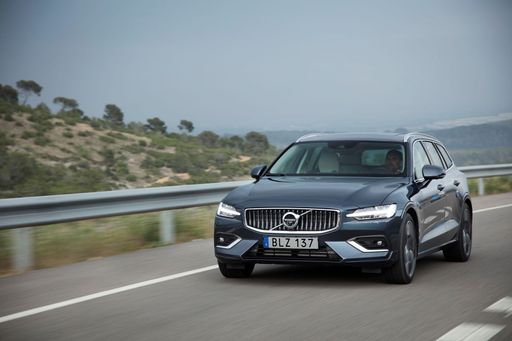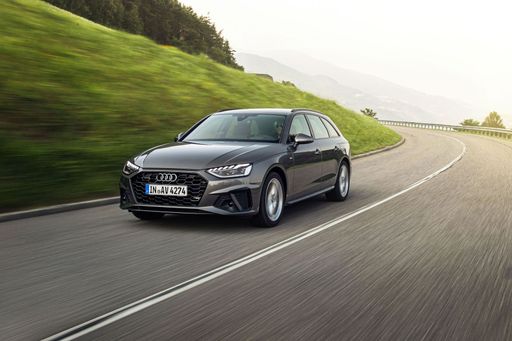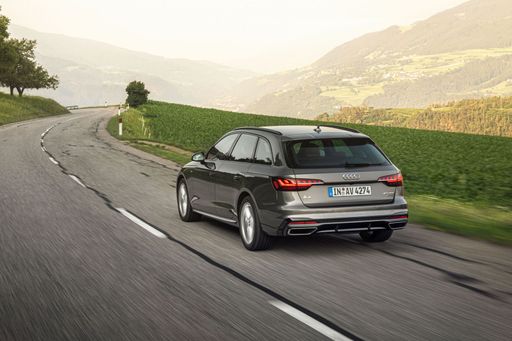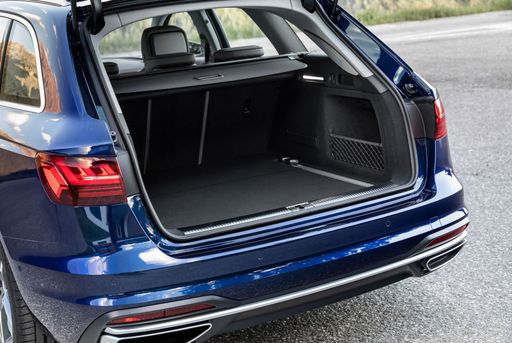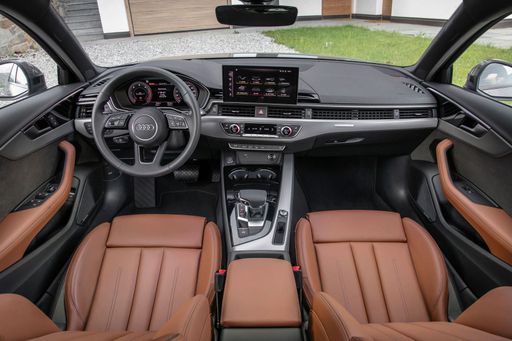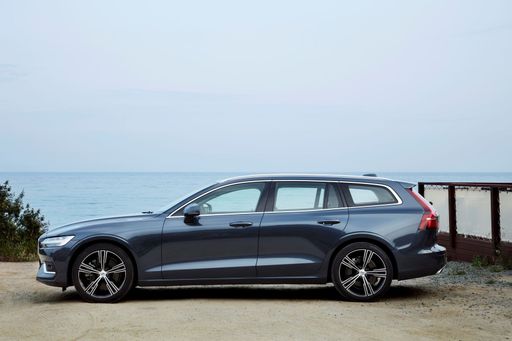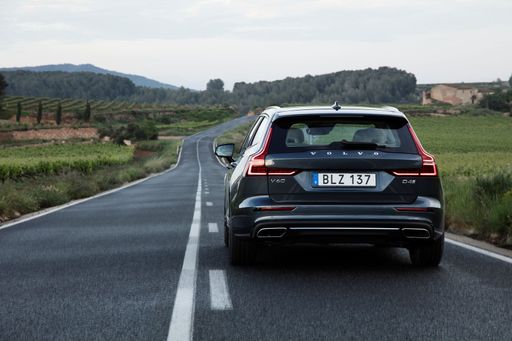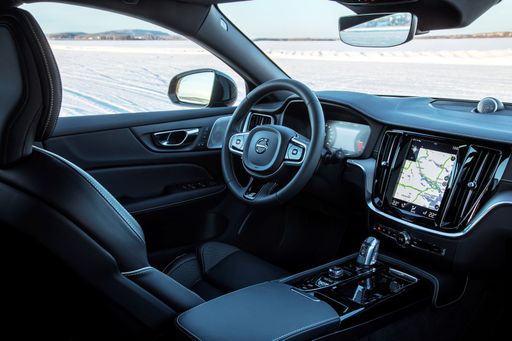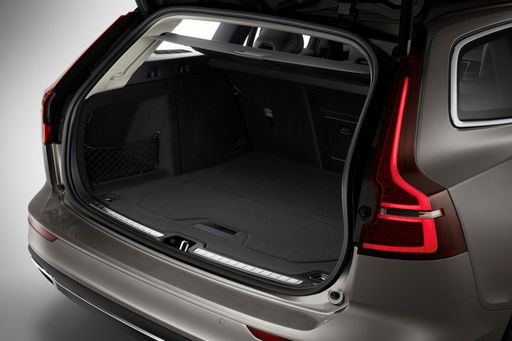Introduction: The Wagon Rivalry
In the competitive world of premium wagons, the Audi A4 Avant and the Volvo V60 stand out as two of the most compelling options available. Both vehicles offer a blend of technology, comfort, and performance that cater to the discerning consumer. This article takes a closer look at these two remarkable models, comparing their technical specifications, innovations, and overall appeal.

